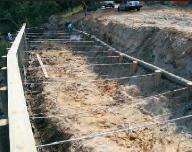Bulkhead Inspections |
||
Secondly, wood bulkheads rot out and aluminum ones can corrode out. Wood pilings may last 15-20 years. Wood poly coated pilings may have a warranty of 25 years. Concrete exceeds most of these and is mostly limited by the life of the metal tie-backs. The major points in favor of these structures is that they can be attractive and protect property while they are functional. In some cases one has no choice on bulkheads which may be dictated by deed restrictions or other authority having jurisdiction. Wood bulkheads should be used only in harbors or areas not prone to wave action as wave and water action on the front side of the bulkhead area creates a number of problems including but not limited to undermining the bulkhead. Bulkheads can be constructed from a variety of materials including concrete, wood, vinyl, steel and aluminum. Each material has its pros and cons. Wood for example may be the least expensive but may also not last as long due to marine organisms and decay. In addition marine organisms, corrosion and soil pH can damage materials in ways that may not be obvious unless destructive testing is made by the owner of the bulkhead which would include laboratory analysis all of which is beyond the bounds of a visual inspection. Marine borers are little organisms that love to eat wood, and they are divided into two groups: 1. Mollusca: The mollusca are animals with a shell, like oysters or clams. 2. Crustacea: The crustacean are in the same family as lobsters and crabs
In some cases, the bulkhead may be damaged due to loads in excess of what it was originally designed to withstand. For example, the homeowners may have installed a swimming pool after the bulkheading. Adding a pool may have damaged the tie-backs as well and the only way of knowing is to dig up the yard. Planting trees along bulkheads can cause damage. It would be best if inspections are performed at certain times of the year (typically winter - November/December to February) along the Gulf Coast shorelines and canals when winds tend to push the water from the canals and at low tide. Portions of bulkheads underwater or buried in the earth are naturally, not able to be seen or inspected depending on water clarity. |
||


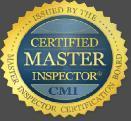





Combination
Code Certified
5188826 R-5
National
Certified Master Inspector®
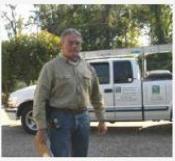
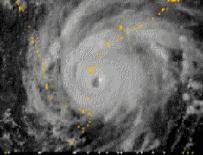
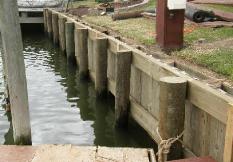
Rotted out aluminum bulkhead at
the west end of Galveston
Rotted out wood bulkhead
Rotted out wood bulkhead
Replacement bulkhead
construction in League City
Docks and Boat Houses
Fuzzy piling decay? Give us a call.
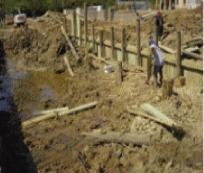
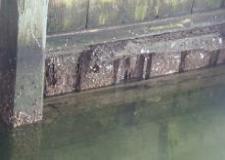
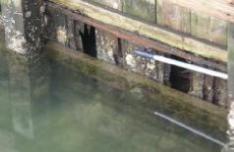
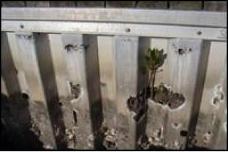
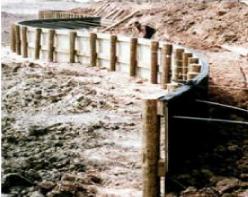
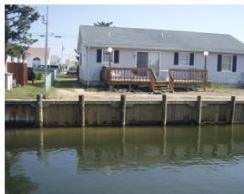
When you need help with shoreline bulkheads, floating docks or boat houses give us a call. You need the talent, historical experience and education for waterfront structures (e.g. boat houses, docks, bulkheads, seawalls, piers or related equipment) which are specifically excluded in the bare minimum real estate inspections standards of practice. There is no training course for any of these or any other General Limitation listed in the bare minimum inspection standards for home inspectors. The difference can be night and day. Experience Matters. Ask for a resume, not a web site. We post our qualifications.
We support the construction standards established by the marine industry and the military.
